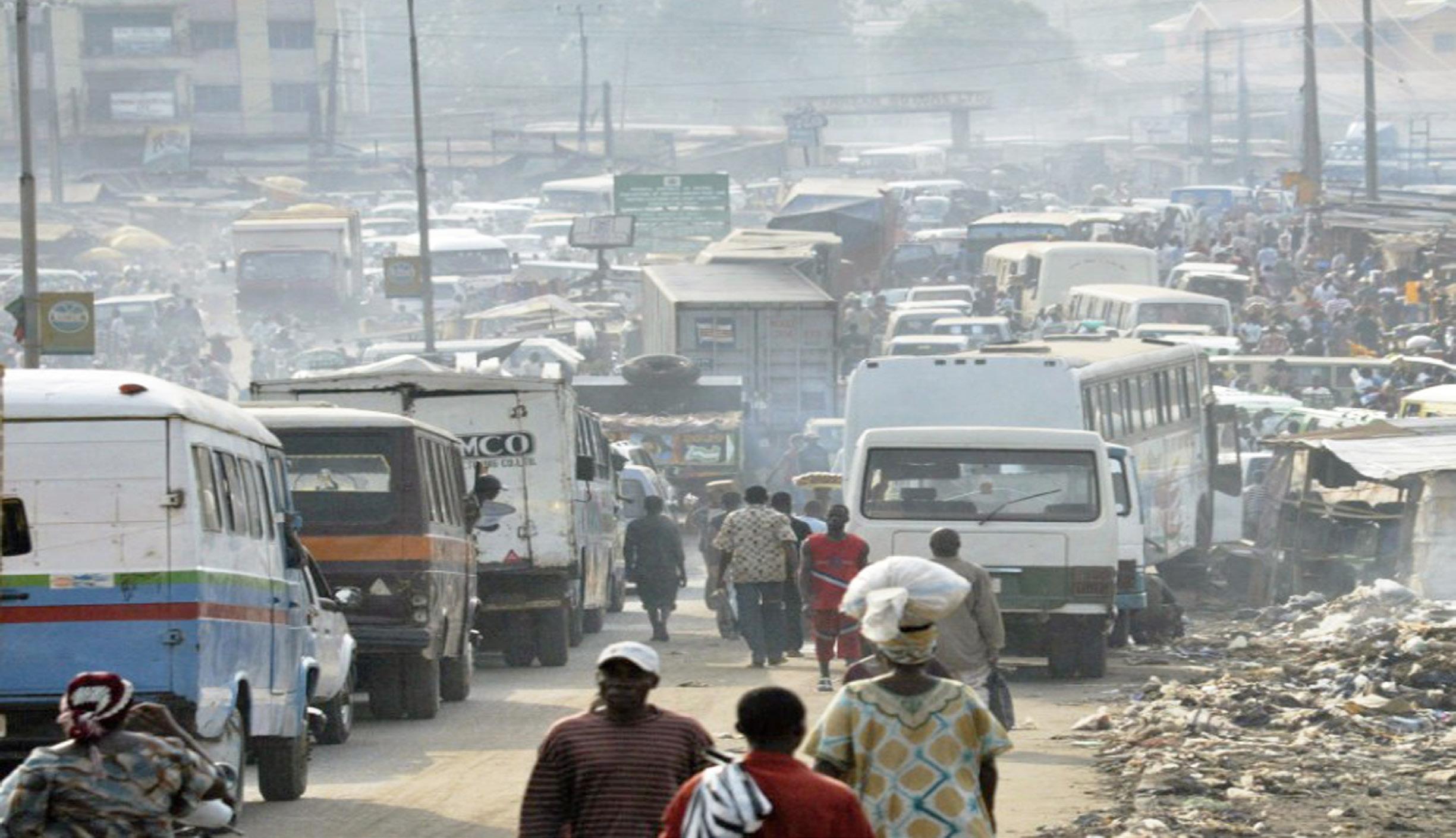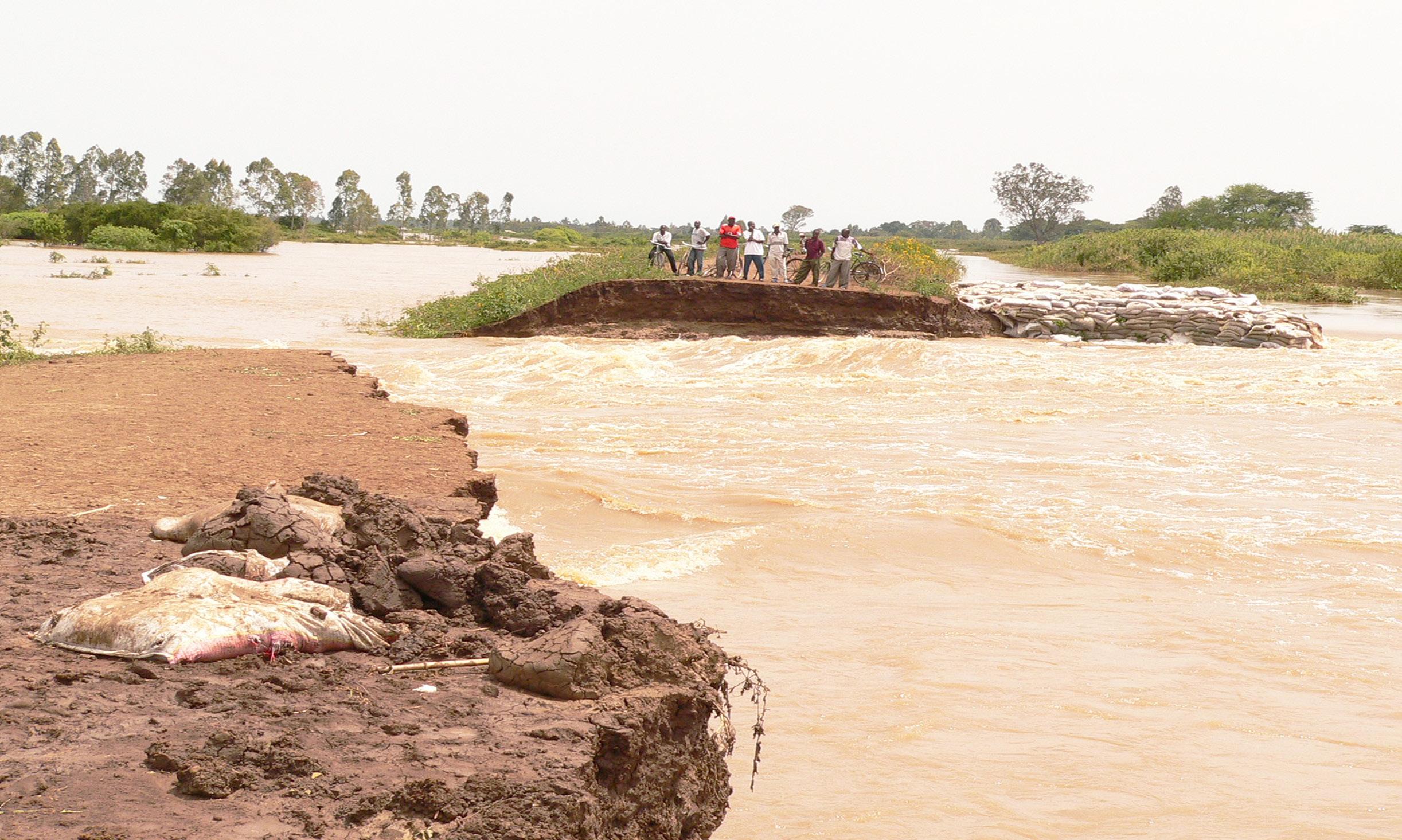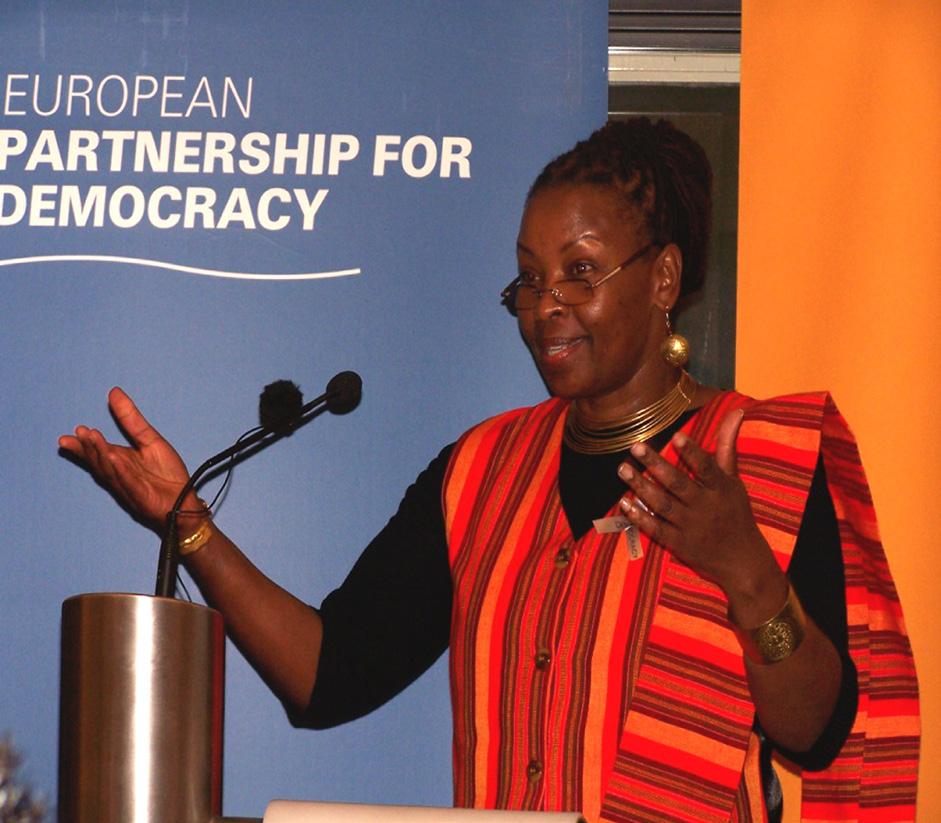
2 minute read
Rwanda: Greenhouse Gas deal sealed
RWANDA:
U.S. Secretary of State John Kerry, addressing the meeting
Advertisement
197 nations have agreed to cut greenhouse gases by setting up deadlines
By Staff
Nearly 200 nations have agreed on a legally binding deal to cut back on greenhouse gases used in refrigerators and air conditioners, a major move against climate change that prompted loud cheers when it was announced on 16th October 2016, in Kigali, the capital city of Rwanda.
The deal, which includes the world’s two biggest economies, the United States and China, divided countries into three groups with different deadlines to reduce the use of factory-made hydrofluorocarbon (HFC) gases, which can be 10,000 times more powerful than carbon dioxide as greenhouse gases.
“While diplomacy is never easy, we can work together to leave our children a planet that is safer, more prosperous, more secure, and more free than the one that was left for us,” the White House said in a statement on the deal. deal was “a monumental step forward” as he left the talks in the Rwandan capital of Kigali.
Under the pact, developed nations, including much of Europe and the United States, committed to reducing their use of the gases incrementally, starting with a 10 percent cut by 2019 and reaching 85 percent by 2036.
Many wealthier nations have already begun to reduce their use of HFCs. Two groups of developing countries will freeze their use of the gases by either 2024 or 2028, and then gradually reduce their use. India, Iran, Iraq, Pakistan and the Gulf countries will meet the later deadline.
They refused the earlier date because they have fast-expanding middle classes who want air conditioning in their hot climates, and because India feared damaging its growing industries. world safe from the worst effects of climate change. Today, we are following through on that promise,” said U.N. environment Chief Erik Solheim in a statement, referring to 2015’s Paris climate talks.
The deal binding 197 nations crowns a wave of measures to help fight climate change. The 2015 Paris Agreement to curb climate-warming emissions has also passed its required threshold to enter into force after India, Canada and the European Parliament ratified it recently.
But unlike the Paris agreement, the Kigali deal is legally binding, has very specific timetables and has an agreement by rich countries to help poor countries adapt their technology.
A quick reduction of HFCs could be a major contribution to slowing climate change, avoiding perhaps 0.5 degrees Celsius (0.9 Fahrenheit) of a projected rise in average temperatures by 2100, scientists say.






